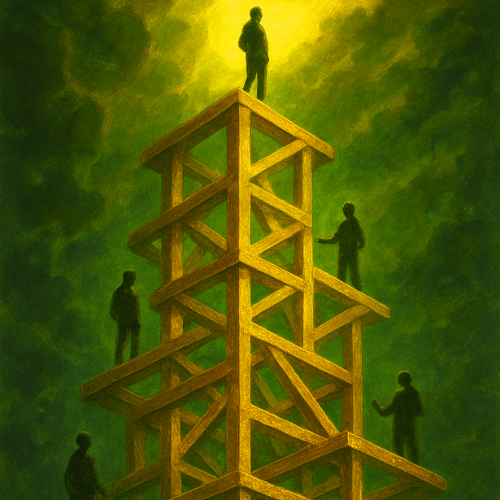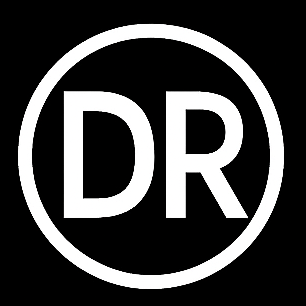What Is DRT?
Bottom Line Up Front
Dimensional Reasoning Theory (DRT) is a decision-making framework that helps leaders, teams, and organizations see and work across the full spectrum of complex problems — not just the parts that are easiest to measure. It reveals how multiple “planes” of logic, values, and incentives intersect, collide, or align, so decisions can be made with clarity, coherence, and integrity.

Why DRT Exists
Most decision frameworks focus on a single perspective — financial, operational, cultural, or technical. But real-world challenges are multi-dimensional. Without a way to see and work across those dimensions, leaders fall back on partial fixes, compromises, or paralysis. Dimensional Reasoning Theory solves this by revealing the full structure of a decision so leaders can address causes, not just symptoms.

The 7 Planes of Reasoning
Every significant decision operates across seven “planes” — unique but interconnected layers of logic. These include strategic, operational, financial, moral, cultural, political, and emotional dimensions. Each plane has its own rules for what counts as “success,” which can align or clash with the others. DRT helps leaders identify which planes are active and map how they interact.

How DRT Works in Practice
Applying DRT starts with mapping the decision’s active planes and diagnosing where tension exists. Leaders then trace cause-and-effect patterns to understand why those tensions persist. Finally, they design solutions that hold together across all relevant dimensions — ensuring the decision stands up when conditions shift.

The Impact of Using DRT
Organizations using DRT make faster, more resilient decisions. They avoid the hidden costs of single-plane thinking, reduce unintended consequences, and align strategy, operations, and culture. The result is a system that holds together under pressure — one that can adapt without breaking.




